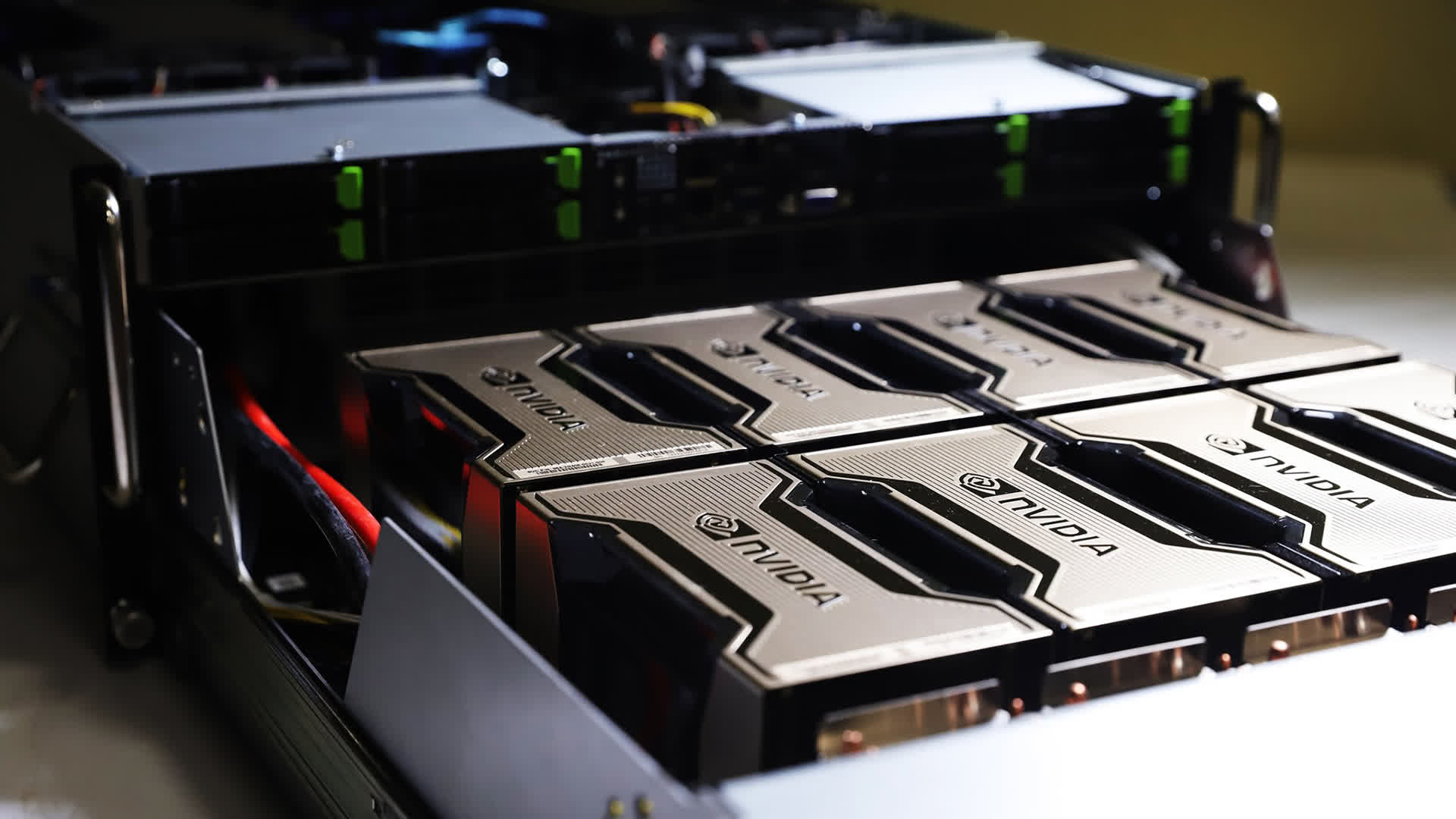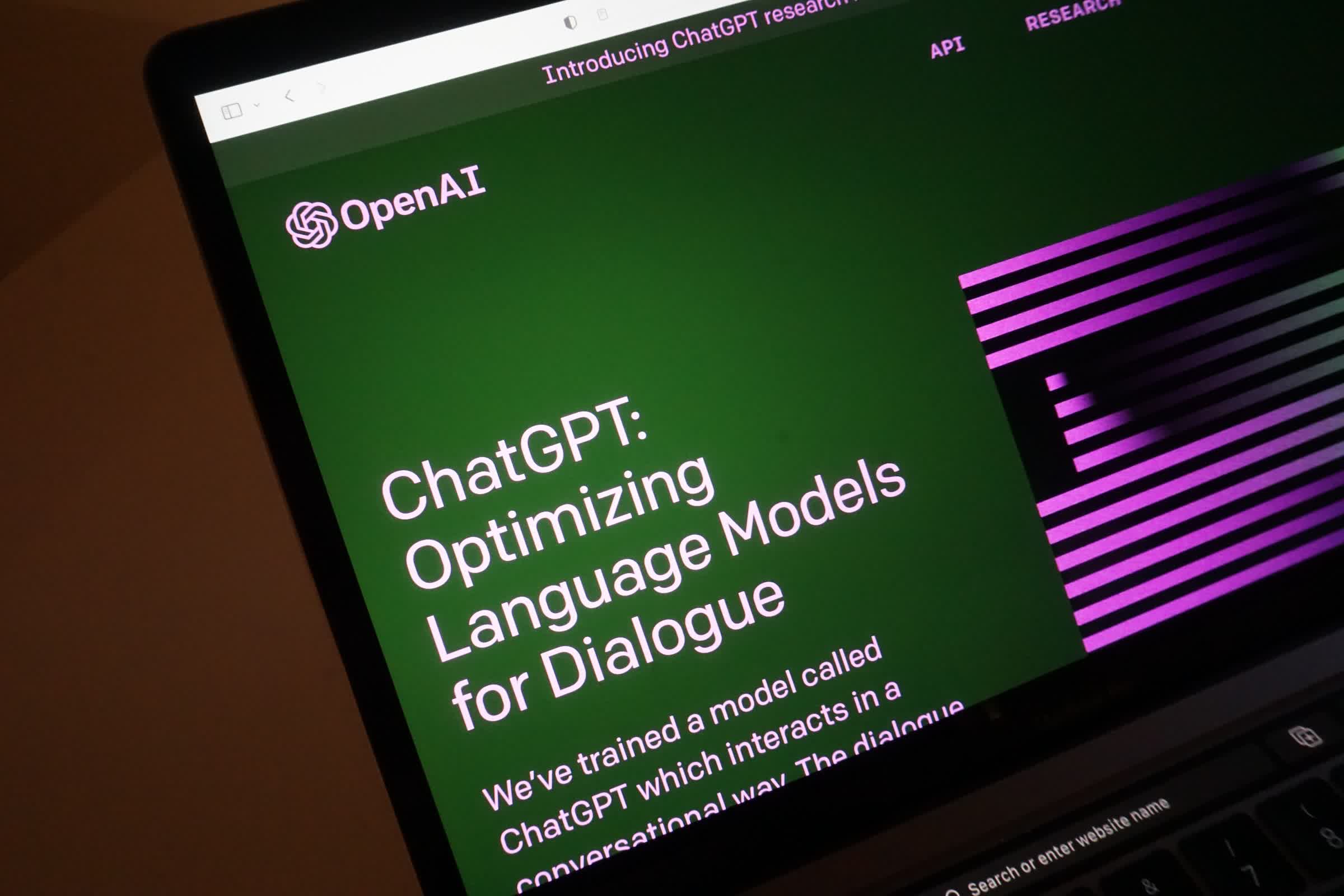Why it matters: OpenAI is a relatively small company with less than 400 full-time employees, but its ambitions are to advance cutting-edge artificial intelligence research and build AI tools that rival those of tech giants like Google, Facebook, and others. To that end, the startup that created the tech underpinning ChatGPT uses over a thousand contract workers that are paid $15 per hour with no benefits to improve the accuracy and thus usefulness of the popular chatbot.
By now even the most casual followers of tech news have heard of ChatGPT. It's the result of a collaboration between Microsoft and OpenAI and fuel for a lot of enthusiasm as well as concerns about the potential negative impact it may have on millions of full-time jobs. You can also think of it as one of the fastest-growing app to date, with well over 100 million monthly users that are poking and prodding it to see what it can generate from various text prompts.
As you'd expect, training the large language model behind ChatGPT as well as running the popular service is no easy task. The two companies use tens of thousands of Nvidia A100 and H100 GPUs that cost between $10,000 and $40,000 per unit, as well as advanced power delivery, networking, and cooling equipment. OpenAI also employs hundreds of researchers and engineers that use what is essentially a supercomputer in developing increasingly sophisticated AI models such as GPT-4.

In other words, chatbots powered by AI are an expensive exercise. In the case of ChatGPT, just keeping the hardware infrastructure behind it running requires as much as $700,000 per day. And according to two OpenAI contractors interviewed by NBC News, improving the accuracy and appeal of ChatGPT is possible thanks to a hidden army of workers that help in teaching it how to analyze user input and respond to various requests.
To get an idea of the kind of work they are doing, we'll use a little-known fact about Google's reCAPTCHA service. Some websites use so-called CAPTCHA tests to determine whether or not you are a robot before they load the actual content of the page you wanted to visit. In the case of reCAPTCHA, this test requires that you correctly recognize text or objects from an image or a series of images. At the same time, you are helping Google in the training of specialized AI models.
The work contractors do to improve ChatGPT is more complex, but similarly crucial to the chatbot's continued success. One such worker is Alexej Savreux, a 34-year-old living in Kansas City, who believes "you can design all the neural networks you want, you can get all the researchers involved you want, but without labelers, you have no ChatGPT. You have nothing."
Also read: Could artificial intelligence be about to take over your job?
OpenAI has hired over 1,000 remote contractors from the US, Latin America and Eastern Europe to do the grueling work required to improve the output of tools like ChatGPT. For Savreux, the main appeal is the "$15 per hour and up' he earns from doing it that helped him out of homelessness. For Jatin Kumar, a Texan college graduate with a degree in computer science, it feels like a great opportunity to see generative AIs evolve and personally contribute to making them more useful.
For a technology that is supposedly threatening many jobs, AI tools require a large workforce to ensure accuracy and trust through a human feedback loop, something Google has failed to do with Bard. And while some companies are looking at ways to replace some of their employees with generative AIs, there are many more that are wary of potential data leaks, over reliance on chatbots for mission-critical projects, and the difficulty of squeezing useful results out of such tools for time-sensitive work.
In related news, OpenAI CEO Sam Altman says the remote work "experiment" is over as the technology we have is not yet good enough to make it practical for tech companies, no matter how big or small. This controversial view is shared by several executives in the tech industry, though recent studies suggest people working office jobs prefer remote or hybrid arrangements for a variety of reasons.
Masthead credit: Rolf van Root
